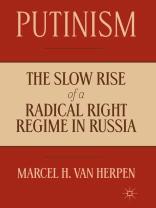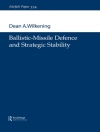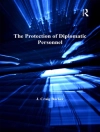In this original analysis of contemporary Russia, the author shows how Putin’s regime is a completely new, right-wing political model that combines features of Mussolini’s Italy with the 19th Century Bonapartism of Napoleon III and 21st Century Populism of Berlusconi. An essential read.
विषयसूची
Preface Acknowledgments PART I: ‘WEIMAR RUSSIA’? THE VALIDITY OF A HISTORICAL PARALLEL Russia And The Weimar Republic: Does A ‘Weimar Parallel’ Exist? The ‘Weimar Parallel’: Economic, Political, And Societal Aspects The ‘Weimar Parallel’ – Socio-Psychological Aspects Post-Imperial Pain And The Making Of A New National Myth PART II: THE SPECTER OF A FASCIST RUSSIA What Is Fascism? Defining Fascism: The Thin Method Defining Fascism: The Thick Method Putinism And Fascism: The Eleven Differences (Part I) Putinism And Fascism: The Eleven Differences (Part Ii) PART III: PUTINISM, BONAPARTISM, AND BERLUSCONISM Putinism And Bonapartism: The Ten Resemblances Putinism And Berlusconism Putinism: A Hybrid Mixture Of Mussolinian Fascism, Bonapartism, And Berlusconism
लेखक के बारे में
MARCEL H. VAN HERPEN is Director of the Cicero Foundation, an independent pro-EU think tank based in Paris and Maastricht. He is a regular collaborator with the US think tank The National Interest. His research interests include defence and security in Central and Eastern Europe.












